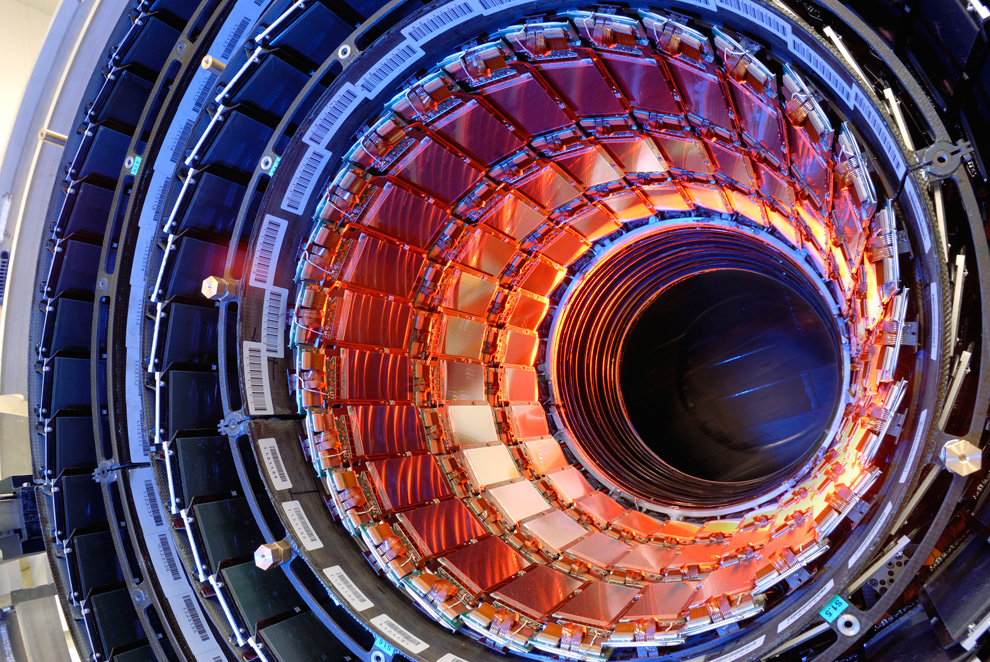Discovery
home
The discovery of the Higgs Boson was almost as impressive as the theory that predicted its existence due to the immense precision that is required in observing it's existence. The Higgs Boson was discovered by the ATLAS detector at the CERN's Large Hadron Collider on July 4, 2012 through two experiments. They found a particle with a mass between 125 and 127 GeV/c^2 that behaved like the Higgs Boson was predicted to. The Large Hadron Collider is an engineering masterpiece in order to accomplish the great feat that it did.

